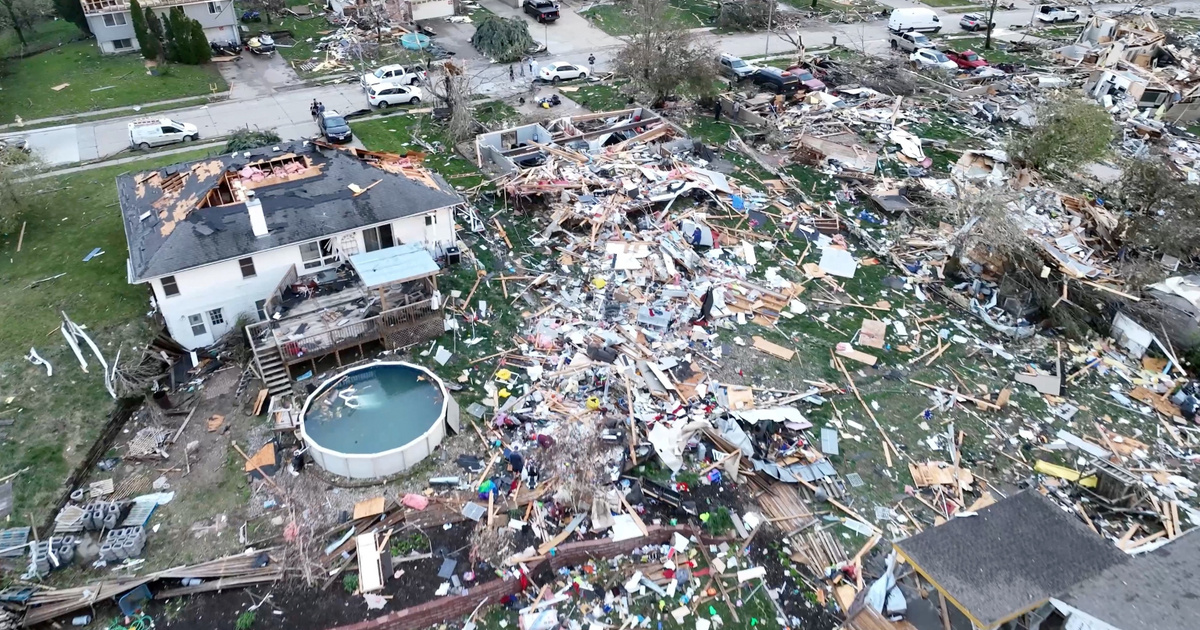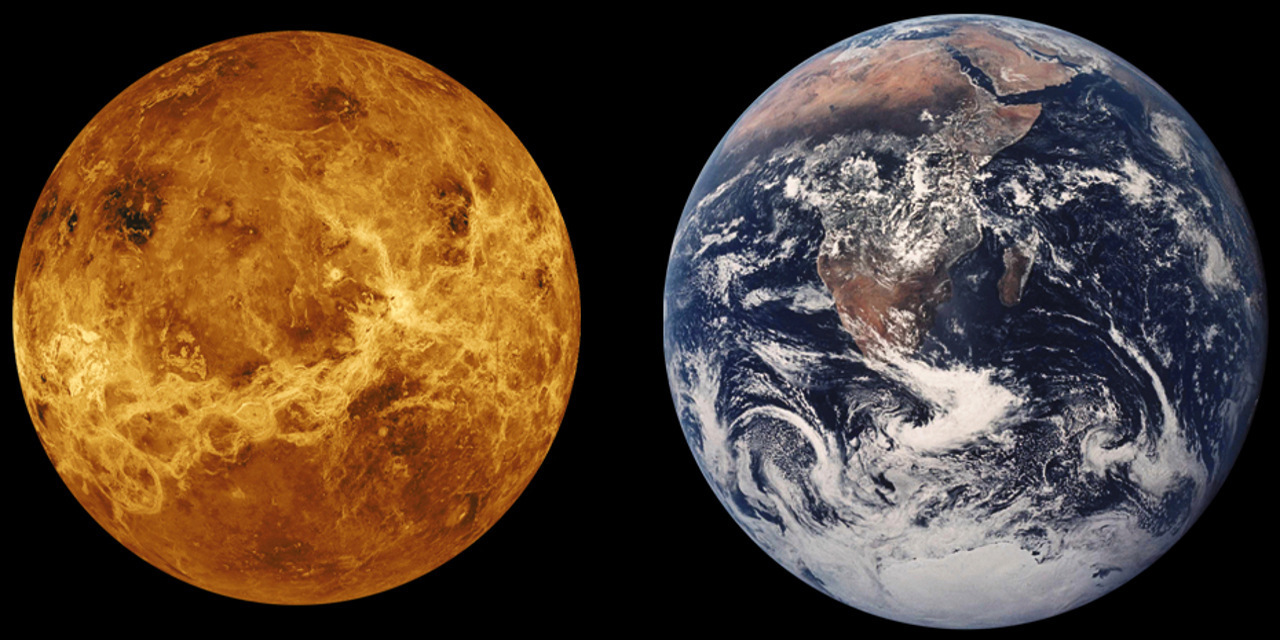According to new research, Venus may have had tectonic plates similar to Earth billions of years ago. Based on this discovery, it is not unlikely that the second hot planet in the solar system may have once hosted life.
The hottest planet in our solar system, with temperatures high enough to melt lead, is an unlikely candidate for sustaining even the simplest forms of life as we know it. However, according to research, Venus was very different in the past Space.com website. The researchers’ goal is to understand the planet’s evolutionary past, but it could also help in the search for life in the far corners of the universe.
Researchers at Brown University have discovered possible plate tectonics on Venus using atmospheric data collection and computer modeling. The results suggest that Venus’ current atmospheric composition and surface pressure can only be the result of continental plates pushing, pulling and sliding under each other.
According to one of the great lessons, it is very likely that there were two planets in the solar system at the same time, where plate tectonic processes occurred. The phenomenon that enabled the life we see on Earth today
said Matt Wheeler, lead author of the study.
Earth’s raging twin
On our planet, over billions of years, it is responsible for the formation of many of Earth’s geological features, including continents and mountain ranges. In addition, plate tectonics on Earth also led to the chemical process that stabilized our planet’s surface temperature, making life possible.
It is clear that Venus, whose surface temperature is 464 degrees Celsius, was moving in a completely different direction from that of Earth. Although it is called “Twin Earth” and it is the planet closest to us. One reason usually assumed for this different evolution is that the surface of Venus consists of only one plate, a “stagnant mantle” with little elasticity. This solid plate may have restricted movement and leaked gas from inside Venus into the atmosphere.
However, Wheeler and his colleagues believe that this was not always the case, and that a planet of the same size, mass, volume and density as Earth may have had active plate tectonics between 3.5 and 4.5 billion years ago. If this is true, it would also explain the large amounts of nitrogen and carbon dioxide we see in its atmosphere today.
Life on Venus?
When modeling Venus, scientists were unable to come up with the correct composition of the elements found in Venus’ atmosphere today, according to the stagnant mantle hypothesis. To get the right answer, they also had to take into account early Venusian plate tectonics, although they realized they could only move on a limited scale. However, the mere presence of these plates raises the possibility that ancient Venus was capable of sustaining microbial life before it radically drifted away from Earth.
This discovery also paints a more complex picture of the search for life elsewhere in the universe. Based on these results, scientists pose a two-pronged question: “Can a planet support life as we see it or not?” Instead, they should consider geological processes that occurred in the planet’s past. This will affect the study of other celestial bodies in the solar system, such as the oceanic moons of Jupiter and Saturn. Especially Europe, which appears to have Earth-like tectonic plates. But it will also impact the study of extrasolar planets, or “exoplanets” orbiting stars other than the Sun.
According to co-author Alexander Evans, “So far we have thought of tectonic states in a binary way. Tectonic states are either true or false, and also true or false while a planet is in existence. This shows that planets can transition to different tectonic states, and that It may actually be quite common. It may be the Earth that’s out. Accordingly, there may be planets that alternate being habitable rather than being continuously habitable.
The research team’s findings may be confirmed when NASA’s DAVINCI mission sends a probe into the atmosphere of Venus around 2031. One of the most important questions that still needs to be answered is: What caused the change in tectonic plates on Venus, and why did conditions differ on Planet radically different from those on Earth?
“This will be the next crucial step in understanding Venus, its evolution, and ultimately the fate of Earth. What conditions force us into a Venus-like orbit, and under what conditions could Earth remain habitable?”
Worth reading:










































